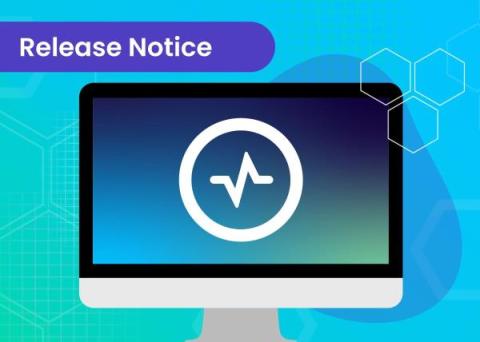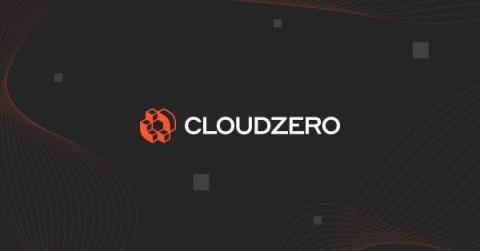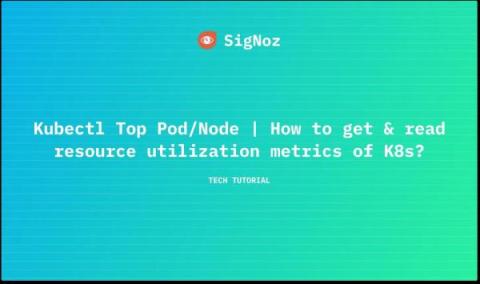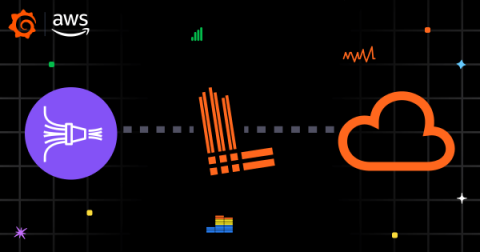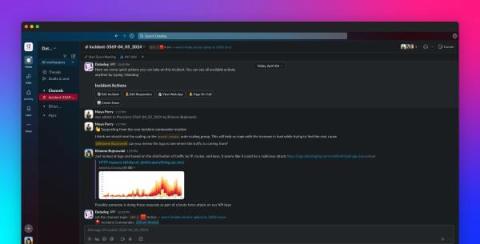Empowering Excellence: Celebrating Five Years of Trust and Innovation
At ScienceLogic, we’re thrilled to mark a significant milestone: five consecutive years of earning TrustRadius’s Top Rated award. Since 2016, the TrustRadius Top Rated Awards have been the B2B industry’s standard for unbiased recognition of excellent technology products. Based entirely on customer feedback, results have never been influenced by analyst opinion or status as a TrustRadius customer.



